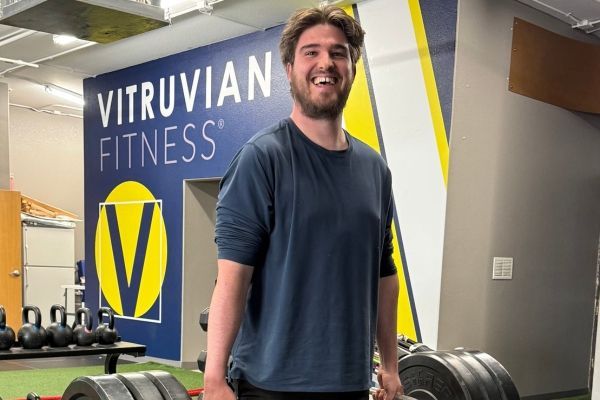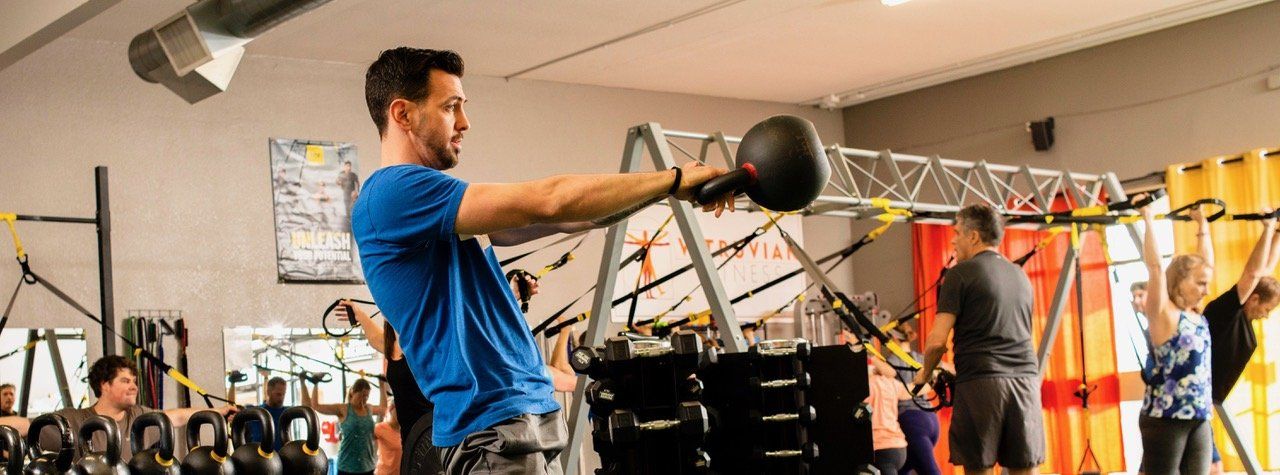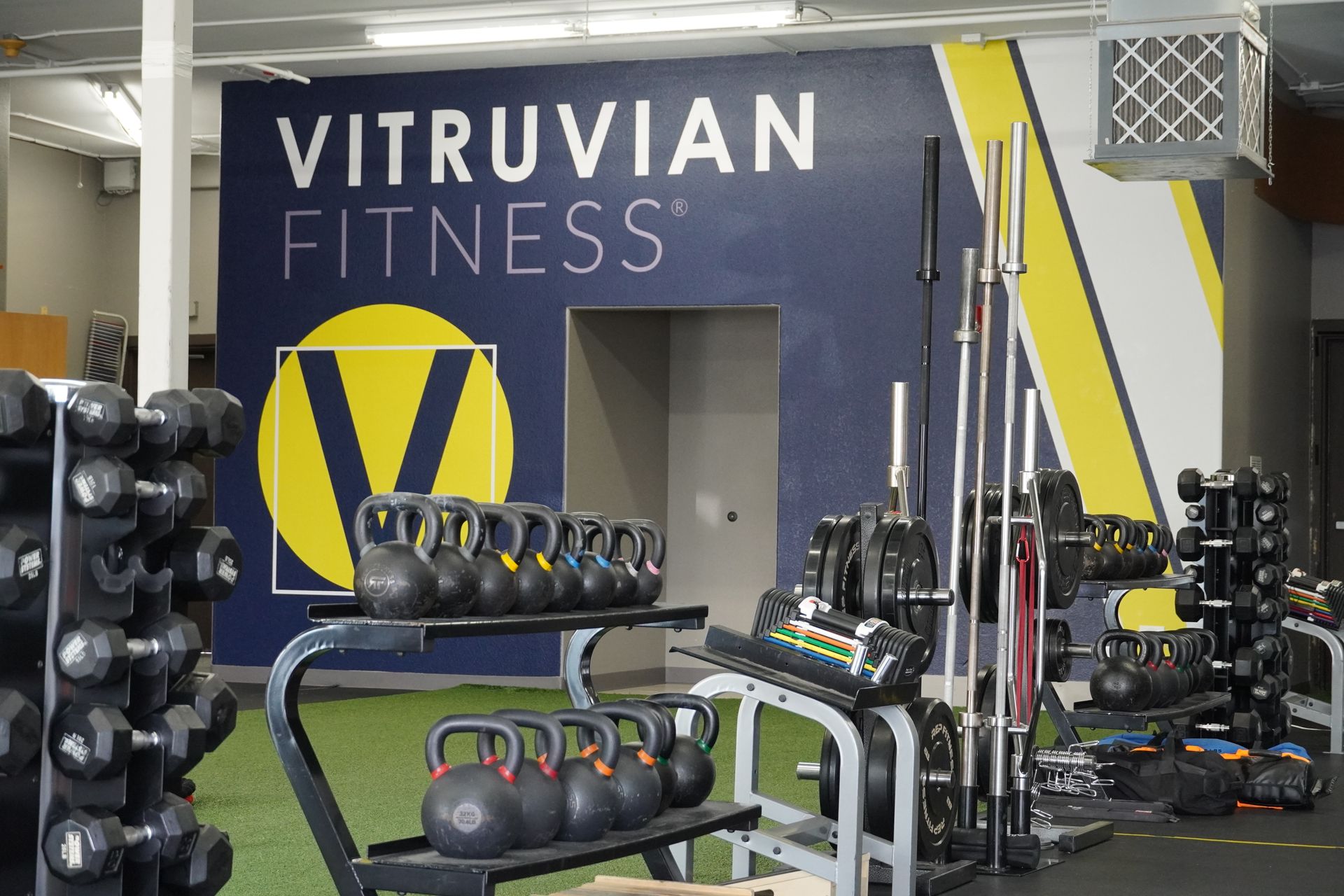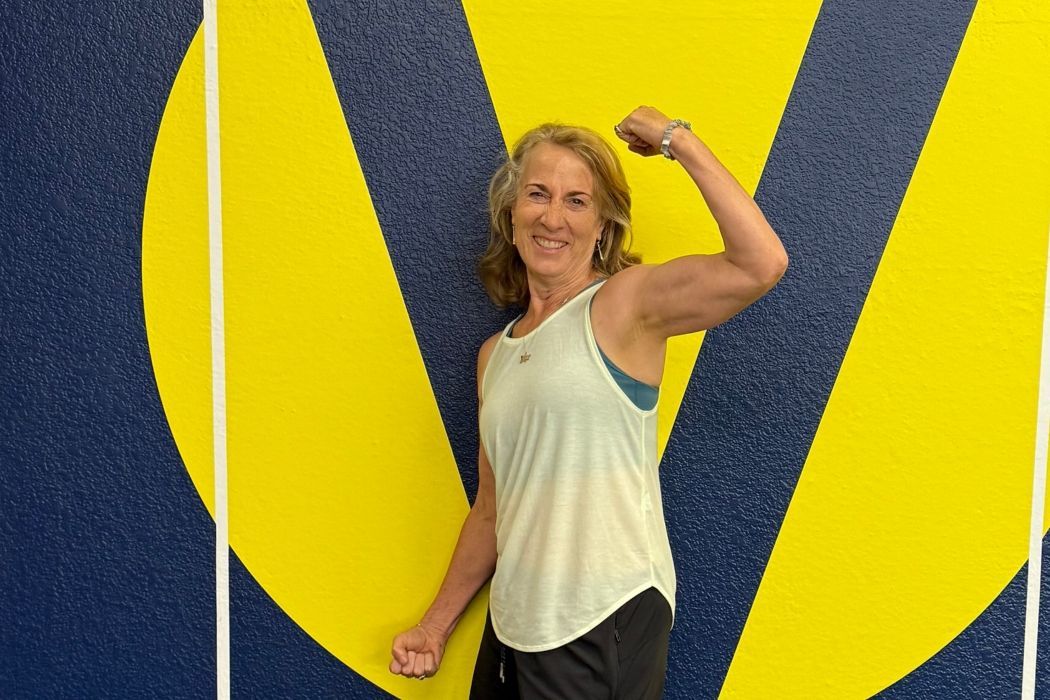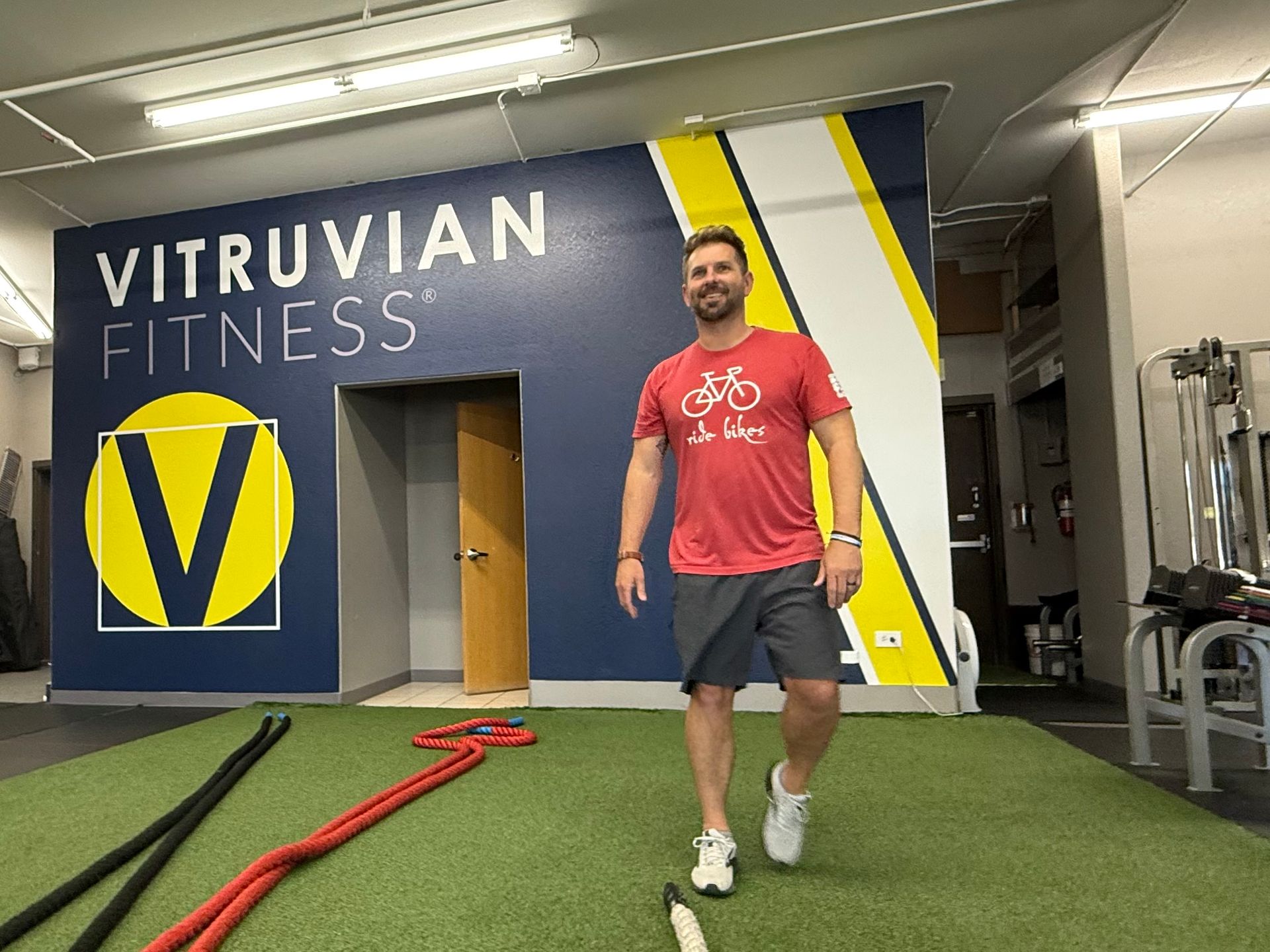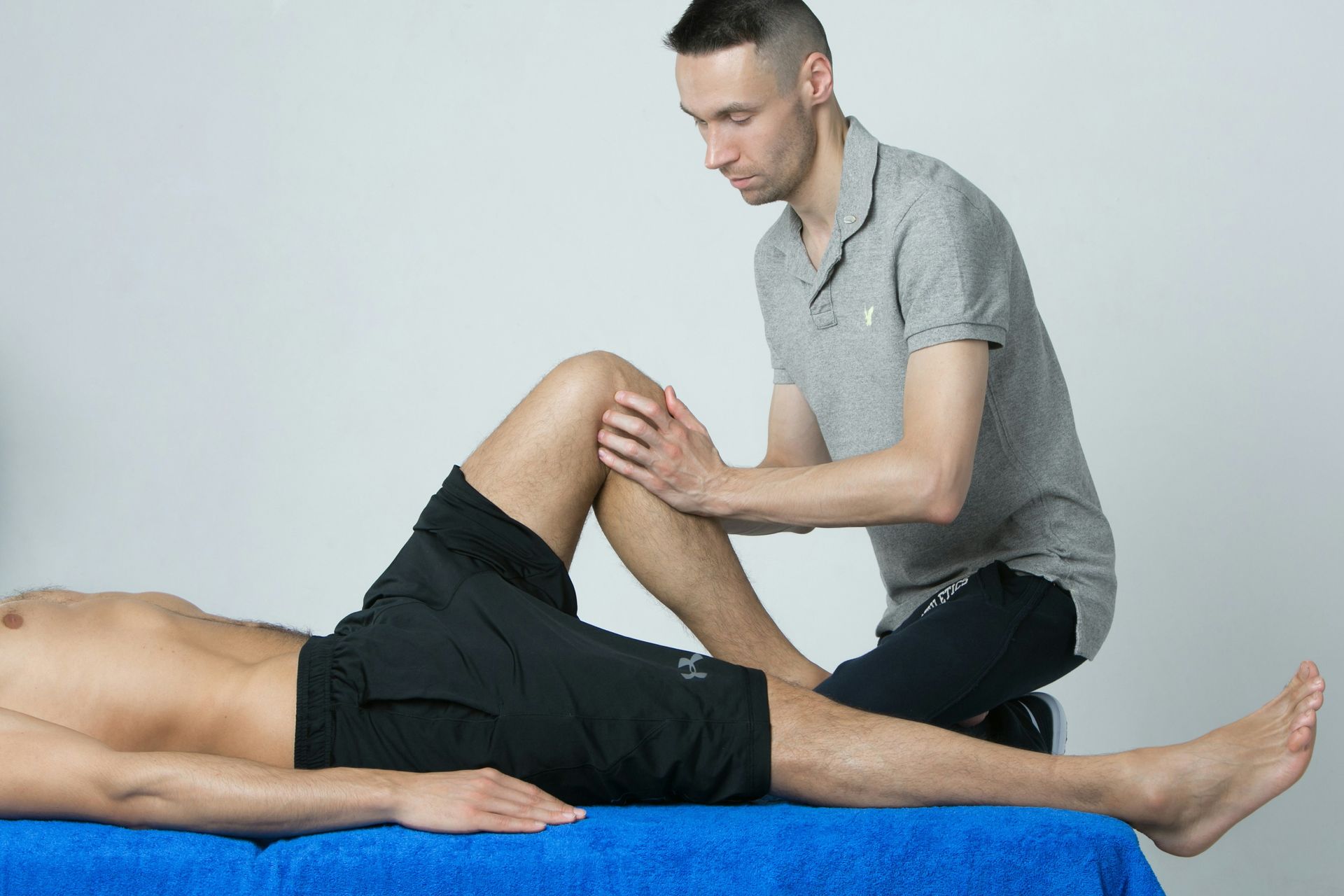Functional Training – Purpose, Practicality, Patterns
Functional Training – Purpose, Practicality, and Patterns
To define what functional training is, it might be easier to describe what it is not and then go into detail about what it is.
If you're unfamiliar with strength training, you might imagine bodybuilding, powerlifting, or weight machines. Or maybe you're thinking of Jane Fonda-style high energy dance-oriented group cardio classes. You wouldn't be wrong but those aren't the only choices.
Bodybuilders lift weights to build huge muscles. Some people like the way that looks. Powerlifting and Olympic Lifting are strength competitions to see who can lift the most in a specific set exercises. These weightlifting styles are good for developing bulk and power. Jane Fonda-style is good for looking good in neon spandex (I mean, who wouldn't love that?!)
And if any of that is what you’re after, that’s totally cool. If that's not what you were hoping for, read on.
Purpose and Practicality
Functional Training differs in that its purpose is the practical outcome of the training. It's about moving well, getting strong, and feeling good.
Functional Training is a way of exercising that improves how you perform ordinary daily tasks, and how strong and capable you feel. It can also improve your performance in your recreational activities and sports.
The beauty is, every one can benefit no matter who you are: a middle-aged parent, an office worker, a retired person, a recreational enthusiast, a triathlete, or an NFL wide receiver. Functional training will make you better at all those things and then some.
It is the practical solution to your purposeful goals.
And at Vitruvian Fitness, all our training programs are customized to your starting point, needs, abilities, and goals. It's not a one-size-fits-all-program.
Patterns vs. Parts
In addition to being purposely practical, functional training focuses on multi-joint movement patterns instead of isolating individual muscles.
These patterns resemble real-life activities and make them better, safer, more athletic, or more useful. For example: instead of doing a knee extension, we'll show you how to do a walking lunge while gripping a kettlebell. That exercise is a compound movement that involves your feet, ankles, knees, hips, shoulders and arms while maintaining a strong and stable torso. The applicability to real life is how it improves running and changing directions (like on the field), or how it improves carrying children and heavy bags of groceries with one arm while using the free arm to open doors.
To sum it up: purpose and practicality are the definition of functional training. In our opinion, we feel there should be a natural relationship between your training and how you want to live your life.
Want More?
We encourage you to do a 14-Day Trial Membership. In 14 days, you will get a private onboarding session that includes the Functional Movement Screen®, then unlimited semi-private training sessions doing the program we design based on that first session. And you’ll get to be a part of one of the most inviting, inclusive, and fun communities you’ll find anywhere. At the end of your trial, you get to decide if you liked it and if you want to continue with a regular 6-month membership. All the options and prices are on our Membership page.
You can also check out our Instagram page with pictures of our members and staff doing fun things.
You might also enjoy these posts . . .
